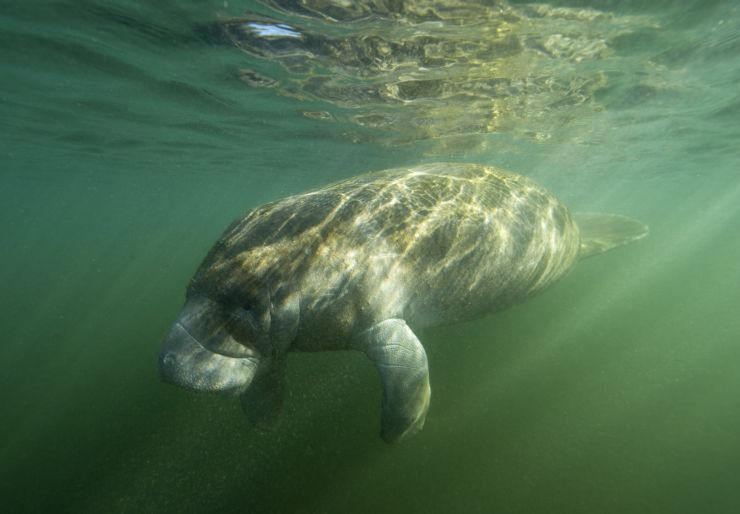
West Indian Manatee in Tortuguero
It's no secret that there are many different species of animals in Costa Rica - and I've met quite a few of them! One of my favorite animals is the manatee. They are such nice creatures and are incredibly gentle. One time, I hopped on the back of one in Tortuguero National Park and I saw the park like never before! But you don't have to be a small tree frog to swim with the manatees; humans can just as easily go diving or snorkeling alongside these fragile mammals. Even if you're staying in Costa Rica all inclusive resorts, you may want to take a side trip to view these majestic creatures!
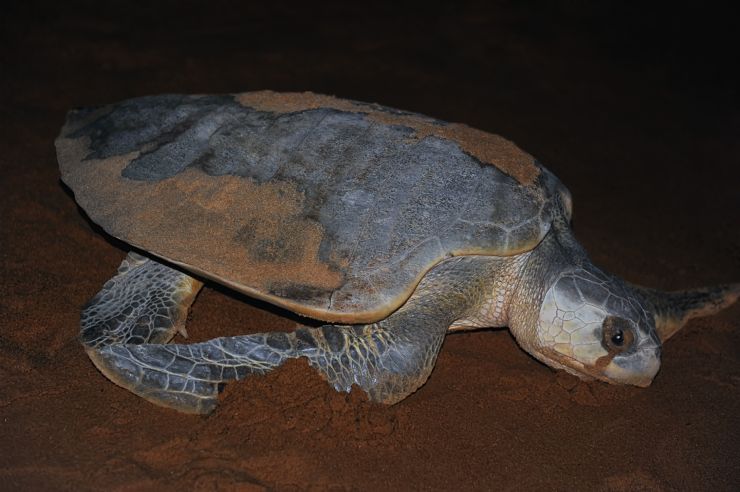
Olive Ridley turtle in Tortuguero National Park
Costa Rican Manatees
There are several different species of manatees, but the manatees that live in Costa Rica are West Indian, rather than African or Amazonian manatees. Unfortunately, manatees are endangered and are only found in warm tropical waters, and because of the hot weather in Costa Rica, there is a large population here.
Scientists believe that manatees are a close relative to the elephant, although they look a bit more similar to walruses, or so I've heard - I haven't had the luck to meet either species! Manatees don't actually have front teeth and only have four sets of six to eight molars - which it is believed that they are more closely related to the elephant because their oral structure is similar. I've heard a rumor through the rainforest that manatees once lived on land, but through evolution they took to the waters and have lived there ever since. Their large body weight actually wouldn't be supported properly on land - they can weigh up to 1,000 pounds! But unlike a lot of other large aquatic animals, the manatee doesn't have a thick layer of blubber to keep them warm, which is why they continually consume food to stay warm. Manatees are herbivores and typically eat seaweed and other aquatic plants.
Manatees are solitary animals, and you won't often see a group of them swimming through the waters. However, it's possible that you see a manatee and her calf because they typically stay together for the first two years of the calf's life. For your best chance at catching a glimpse of these majestic creatures, head to one of the destinations below:
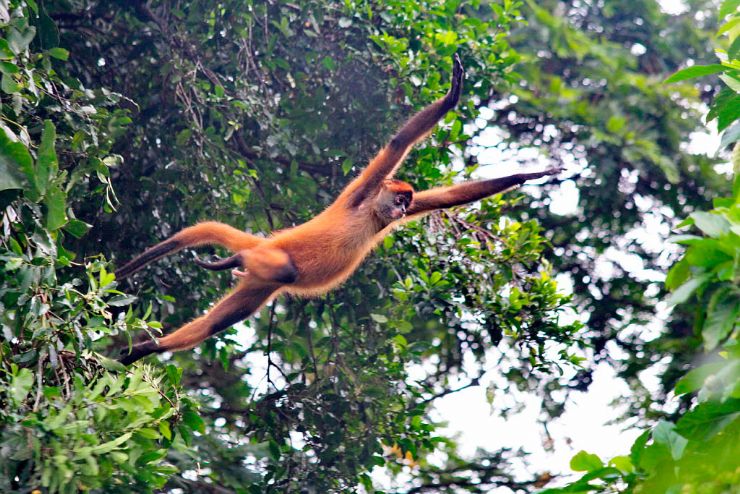
Spider Monkey Jumping
7 Days / 6 Nights
Starting at $779 per person
Tortuguero is home to the country's largest population of manatees, but until recently, people thought they were extinct here! You can find manatees in some of the lagoons throughout Tortuguero, but if you're on a motor boat, you may not see a lot of them. The loud engines scare them, and the blades can cause them a lot of harm. If you're coming here, try to rent a non-motorized paddle boat. Although there is no exact number, roughly 100 manatees are believed to be in this region.
Manatees are often found in the sea grass beds along the Talamanca Coast, and in some of the lagoons throughout the wildlife refuge. There are biodiversity conservationists that have been making continued efforts to protect the manatees in the area, because they were considered unsafe here in the past. But the Gandoca-Manzanillo National Wildlife Refuge is a sanctuary for the manatee! If you're coming here during the high season, you may not see a manatee here because some people take jet skis and loud boats into the water that scare these creatures away. However, if you're lucky (and quiet enough), you may catch a glimpse of manatees and dolphins swimming together!
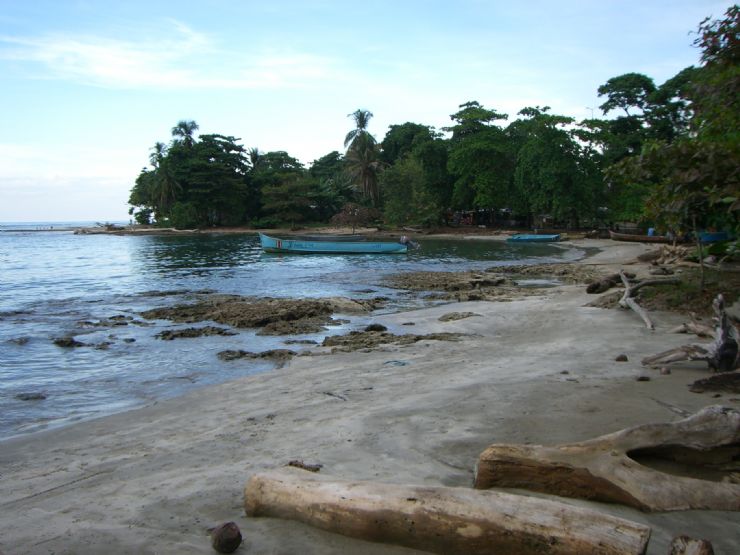
Beach at Puerto Viejo de Talamanca
Tips
Like any other animal, you'll need to take a few precautions. It's best if you use snorkel gear instead of scuba equipment because the sounds may frighten them. Additionally, manatees don't swim in too deep of water, so it's not necessary to have scuba gear. You'll want to avoid making any sudden movements when you're in the water - like splashing water or yelling. We animals in Costa Rica are pretty comfortable with humans being around because there are so many who like to explore our habitat, but if we're caught off guard, we get a little frightened! Wouldn't you? Touching manatees may scare them as well. It's possible that they'll swim right up to you, (they are so friendly!) but if they are keeping their distance, be considerate and do the same.
I've seen manatees along this coast, but if you're not going to a specific refuge, you leave it up to luck to run into one. If you are in a quiet area, they might come right up to you! Their movements are slow, and if they aren't frightened by noise or abrasive wave movement, they may stick around for a while. I've heard they can be seen in Manzanillo, a remote village in the Puerto Viejo region.
Manatees have been sighted more frequently in recent years along the southern edges of Costa Rica. During my travels, I've actually spotted a few, but not as many as I've seen in some of the national parks. Fisherman and surfers have seen them from Cahuita to Sixaola, which has made some researchers believe that there is an abundance of these creatures along the coastlines.
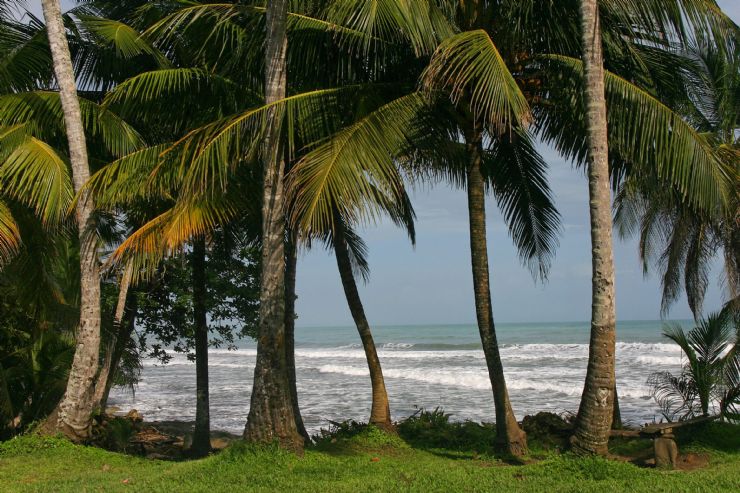
Cahuita - Palms & Ocean

